-
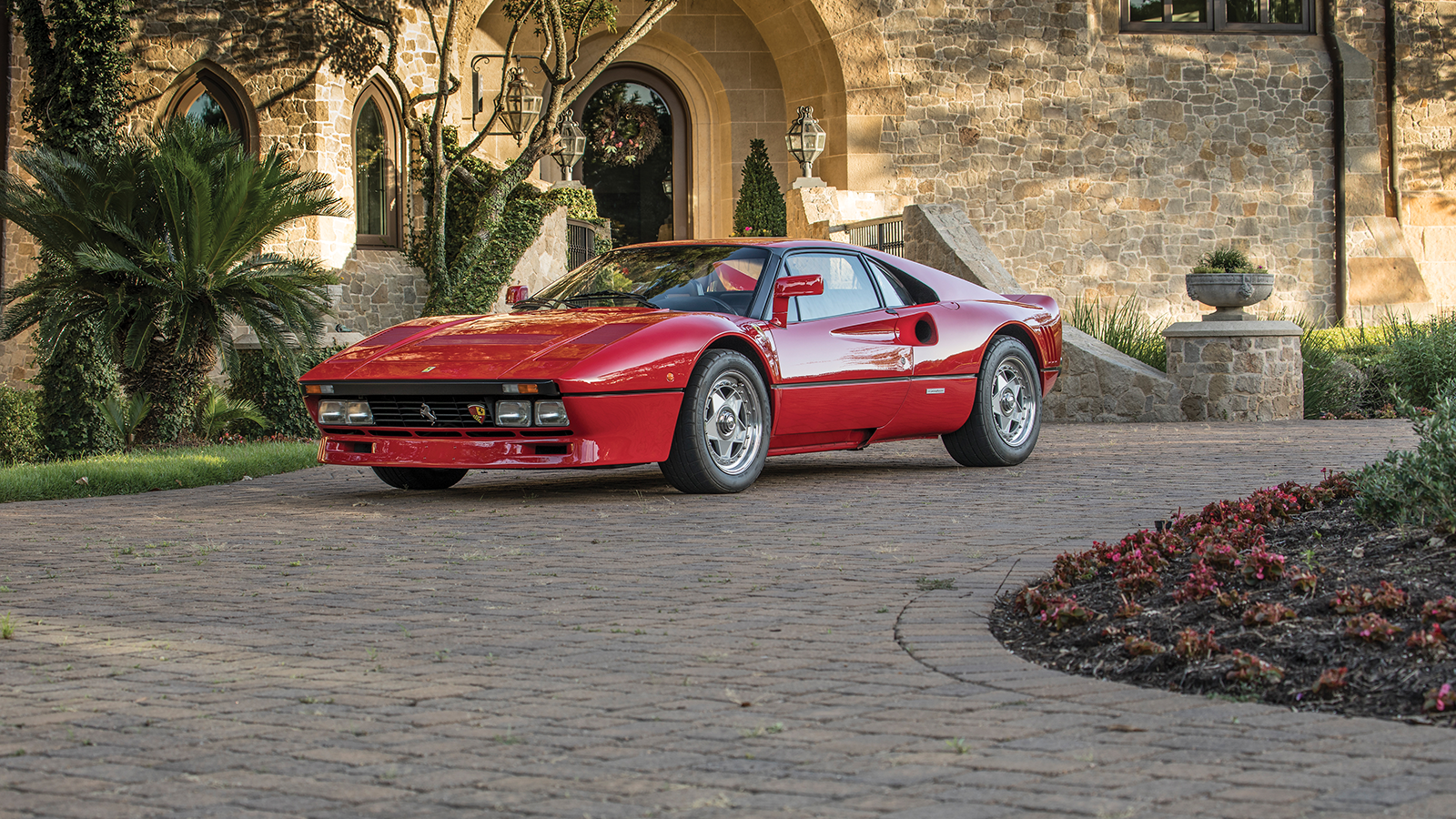 © Stephen Kim/RM Sotheby’s
© Stephen Kim/RM Sotheby’s -
 © Newspress
© Newspress -
 © Classic & Sports Car
© Classic & Sports Car -
 © Classic & Sports Car
© Classic & Sports Car -
 © Classic & Sports Car
© Classic & Sports Car -
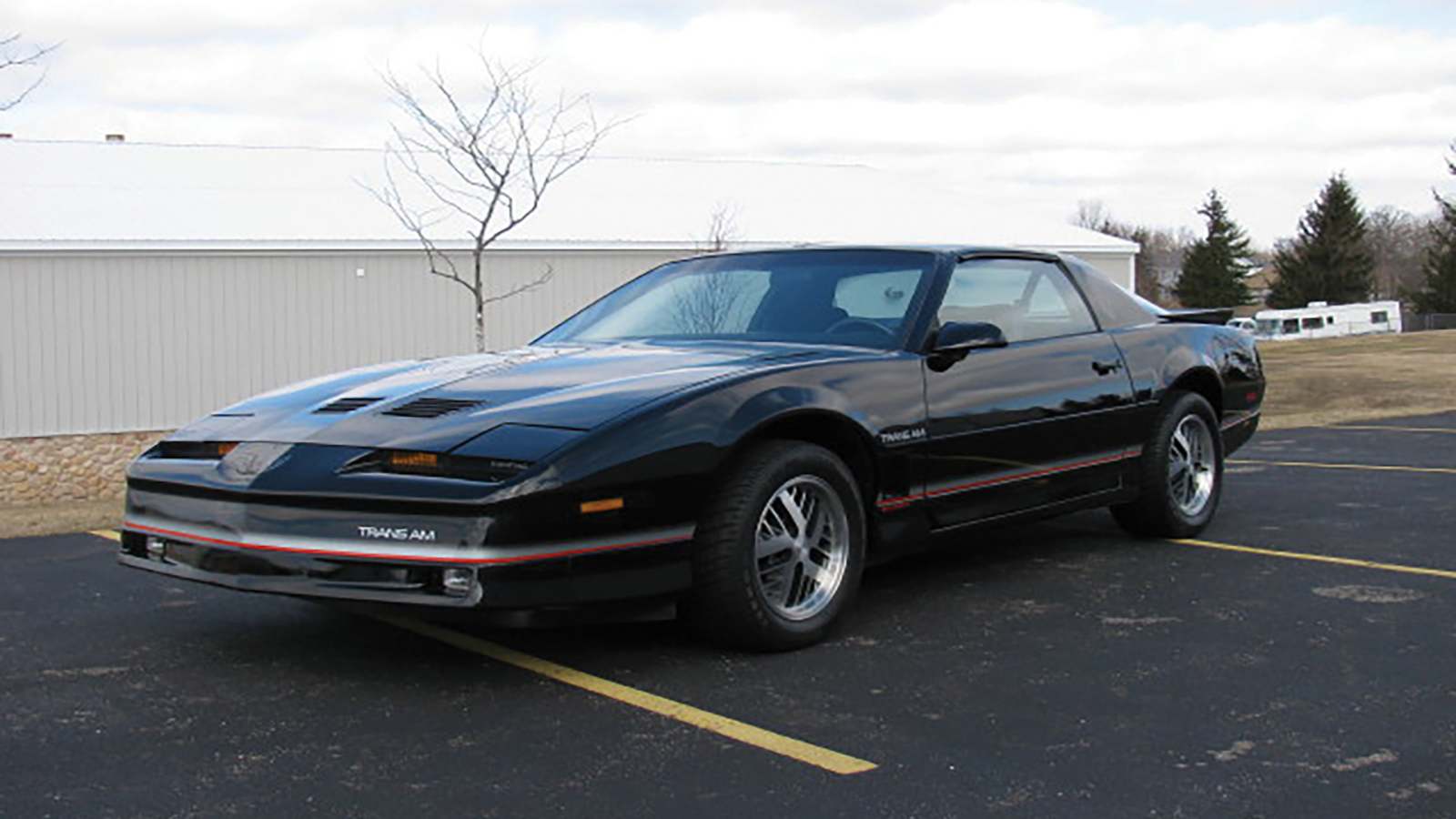 © RM Sotheby’s
© RM Sotheby’s -
 © Sicnag/Wikipedia
© Sicnag/Wikipedia -
 © Toyota GB
© Toyota GB -
 © Toyota GB
© Toyota GB -
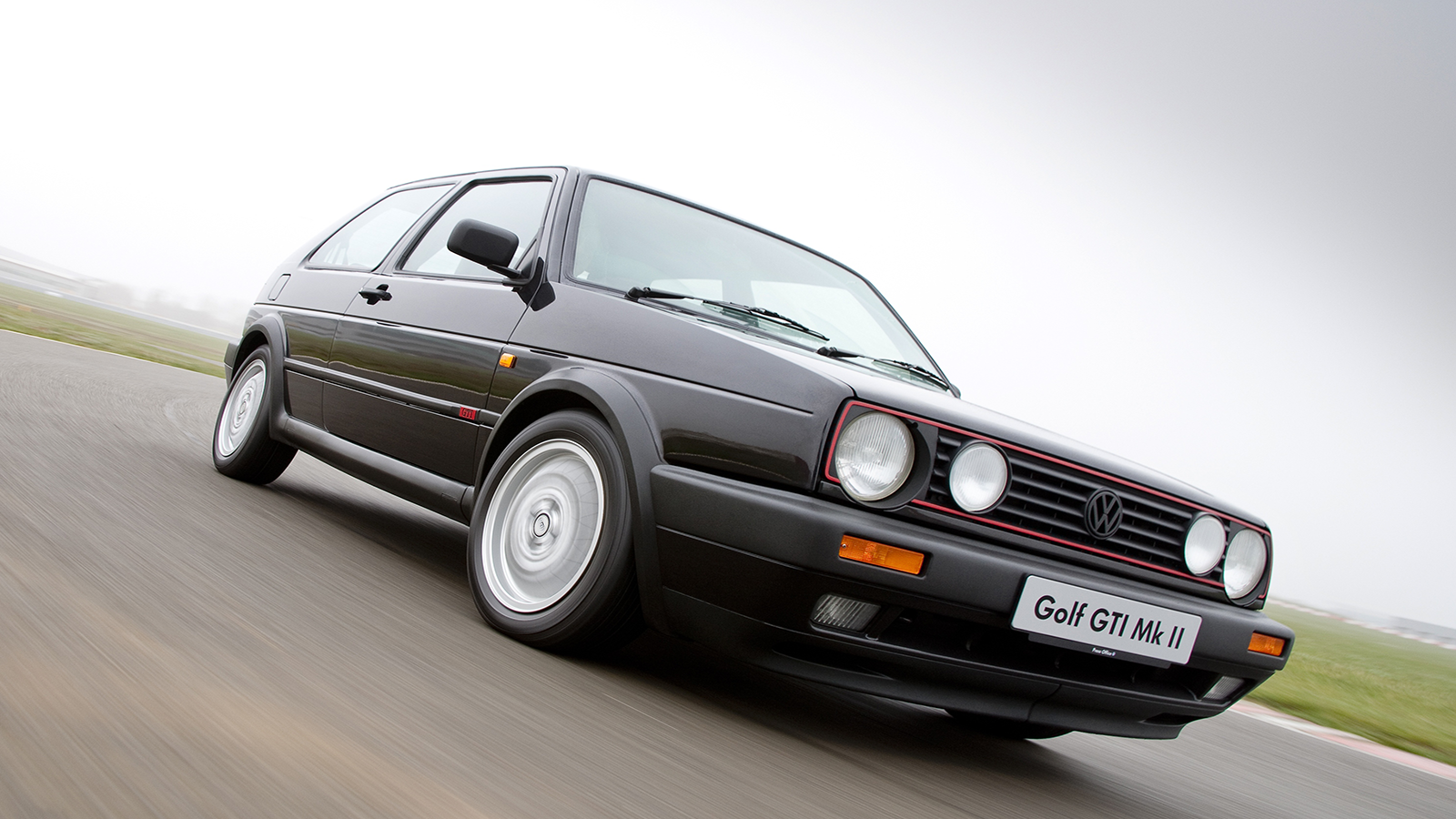 © Volkswagen UK
© Volkswagen UK -
 © Classic & Sports Car
© Classic & Sports Car -
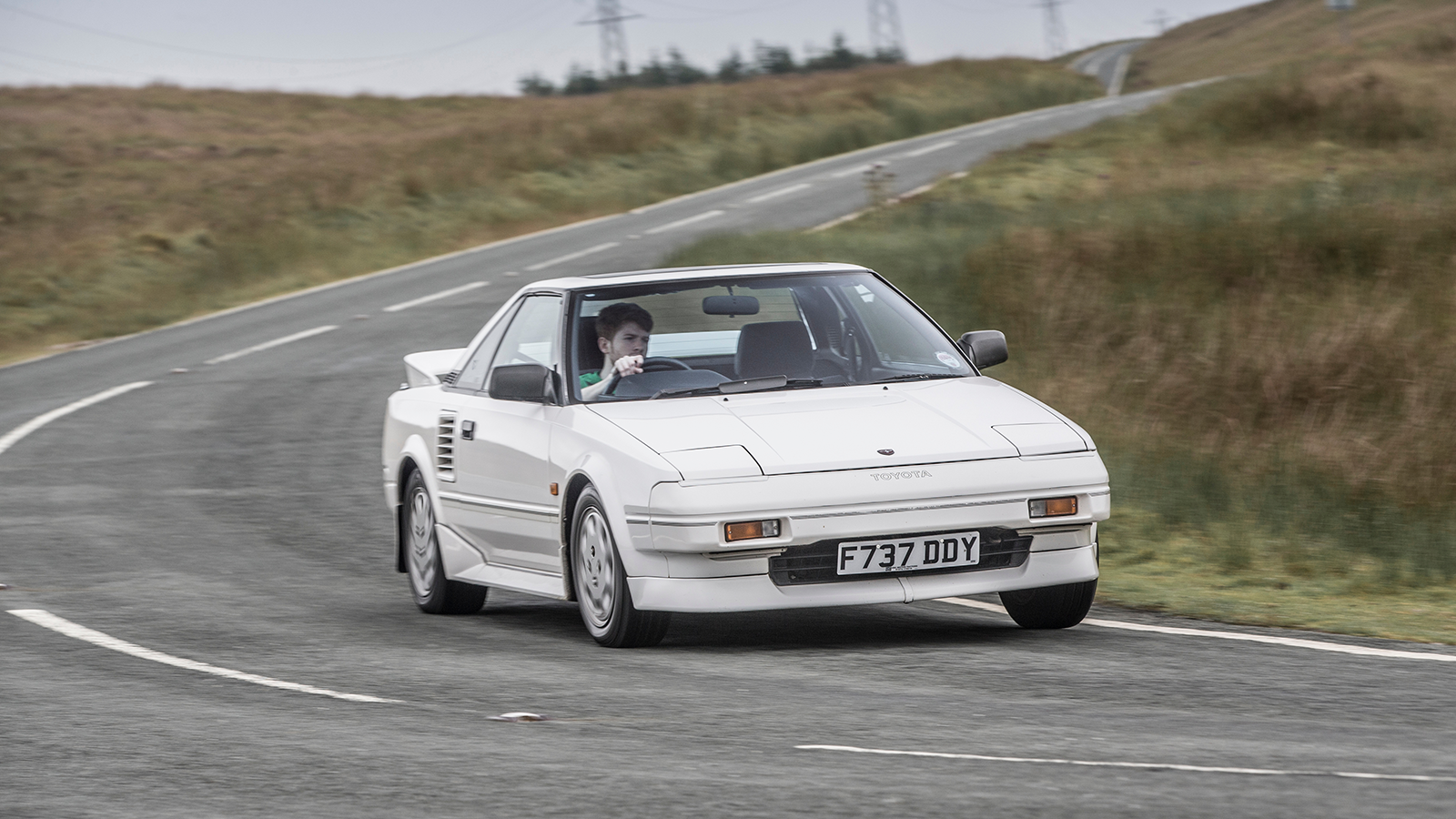 © Toyota GB
© Toyota GB -
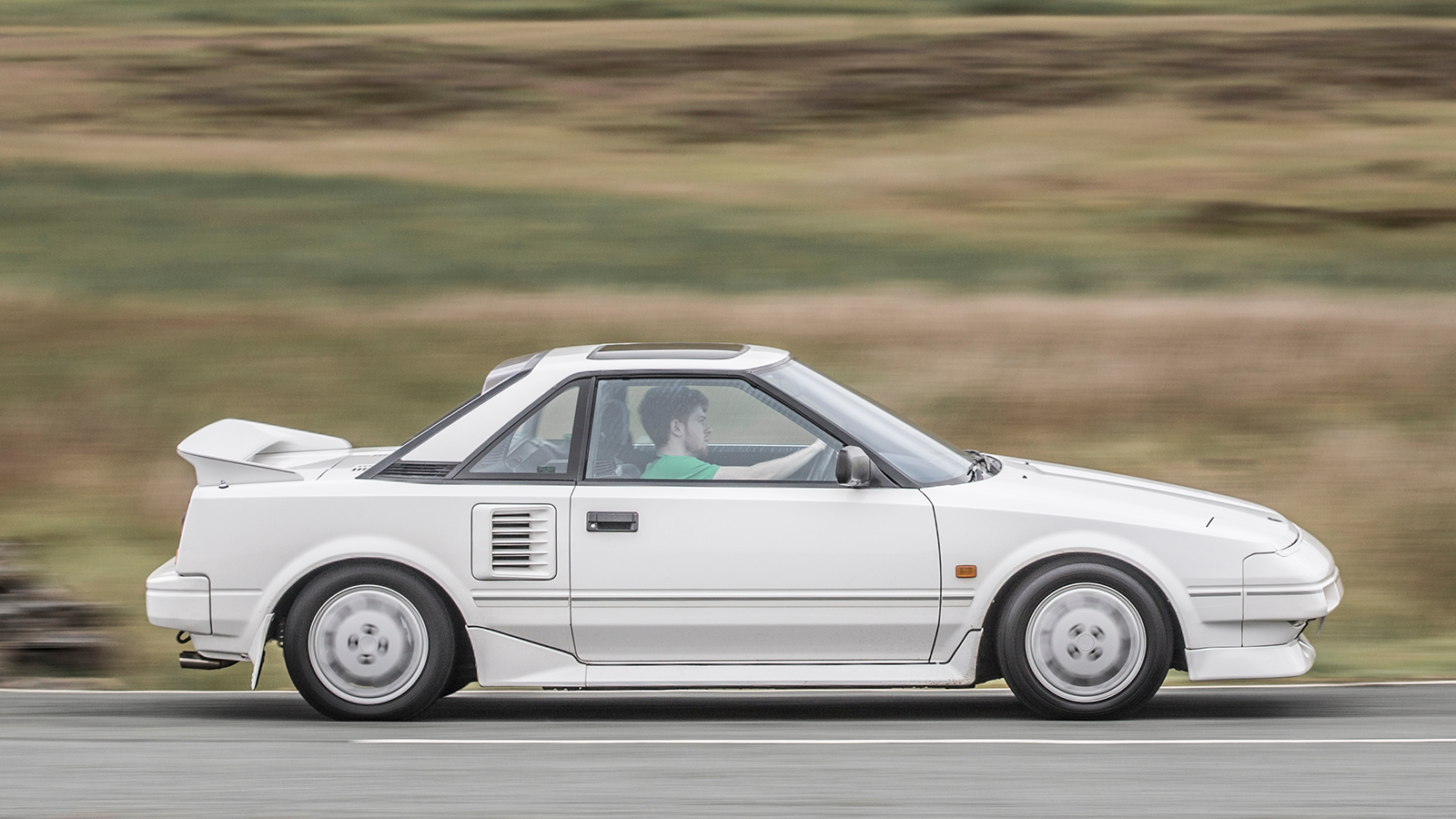 © Toyota GB
© Toyota GB -
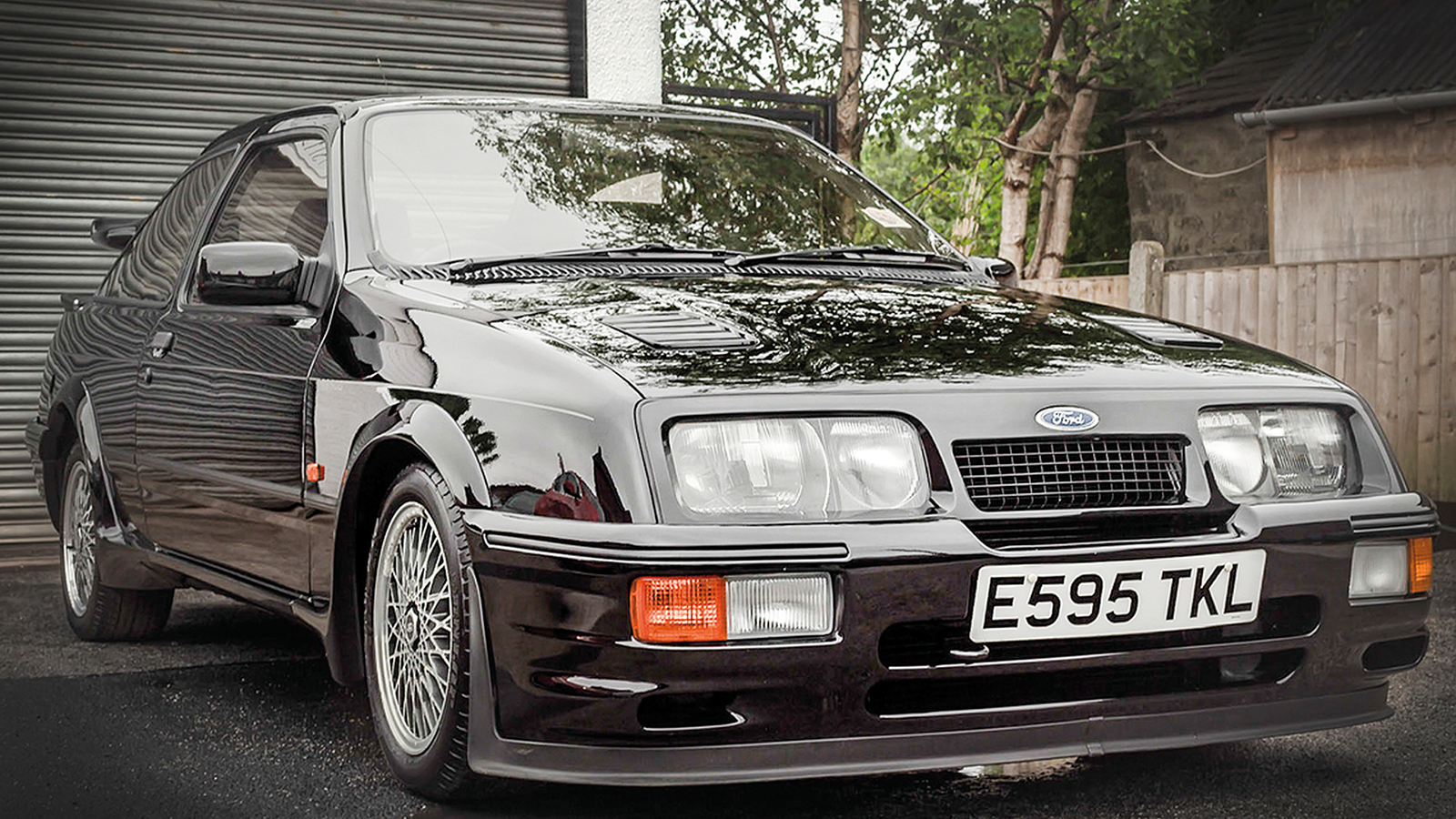 © Classic & Sports Car
© Classic & Sports Car -
 © Newspress
© Newspress -
 © Classic & Sports Car
© Classic & Sports Car -
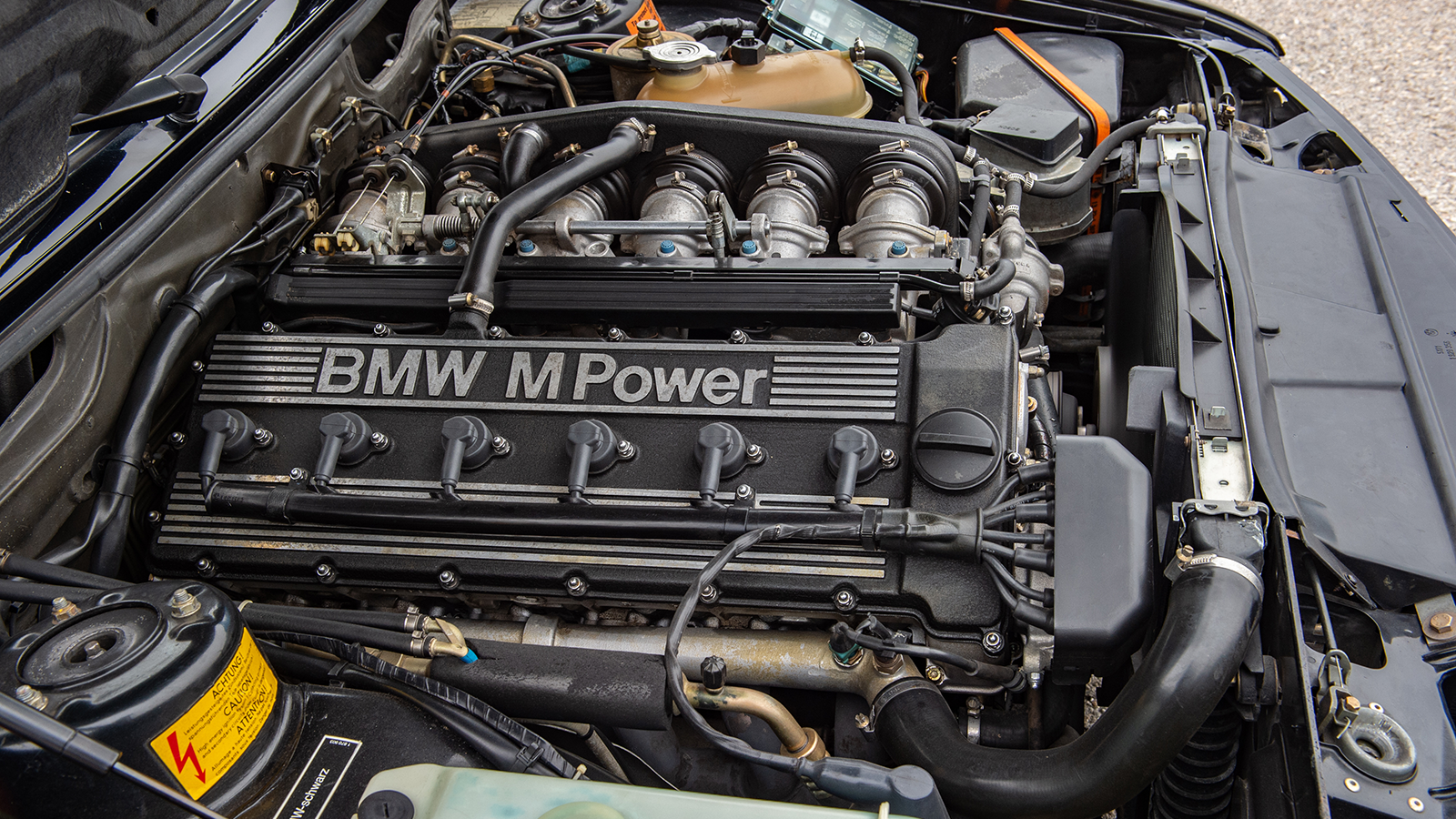 © Tom Wood/RM Sothebey’s
© Tom Wood/RM Sothebey’s -
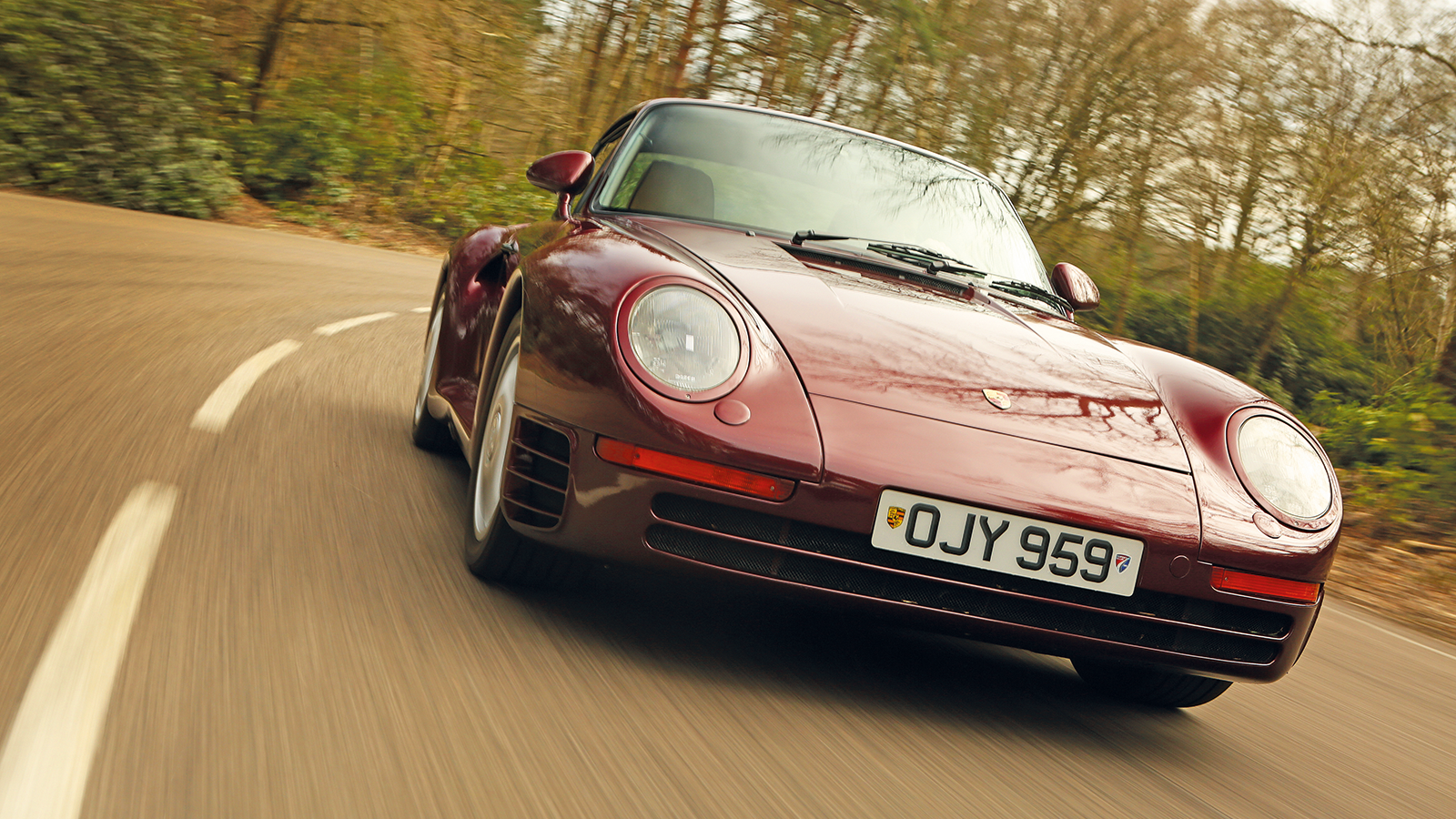 © Classic & Sports Car
© Classic & Sports Car -
 © RM Sotheby’s
© RM Sotheby’s -
 © Classic & Sports Car
© Classic & Sports Car -
 © Classic & Sports Car
© Classic & Sports Car -
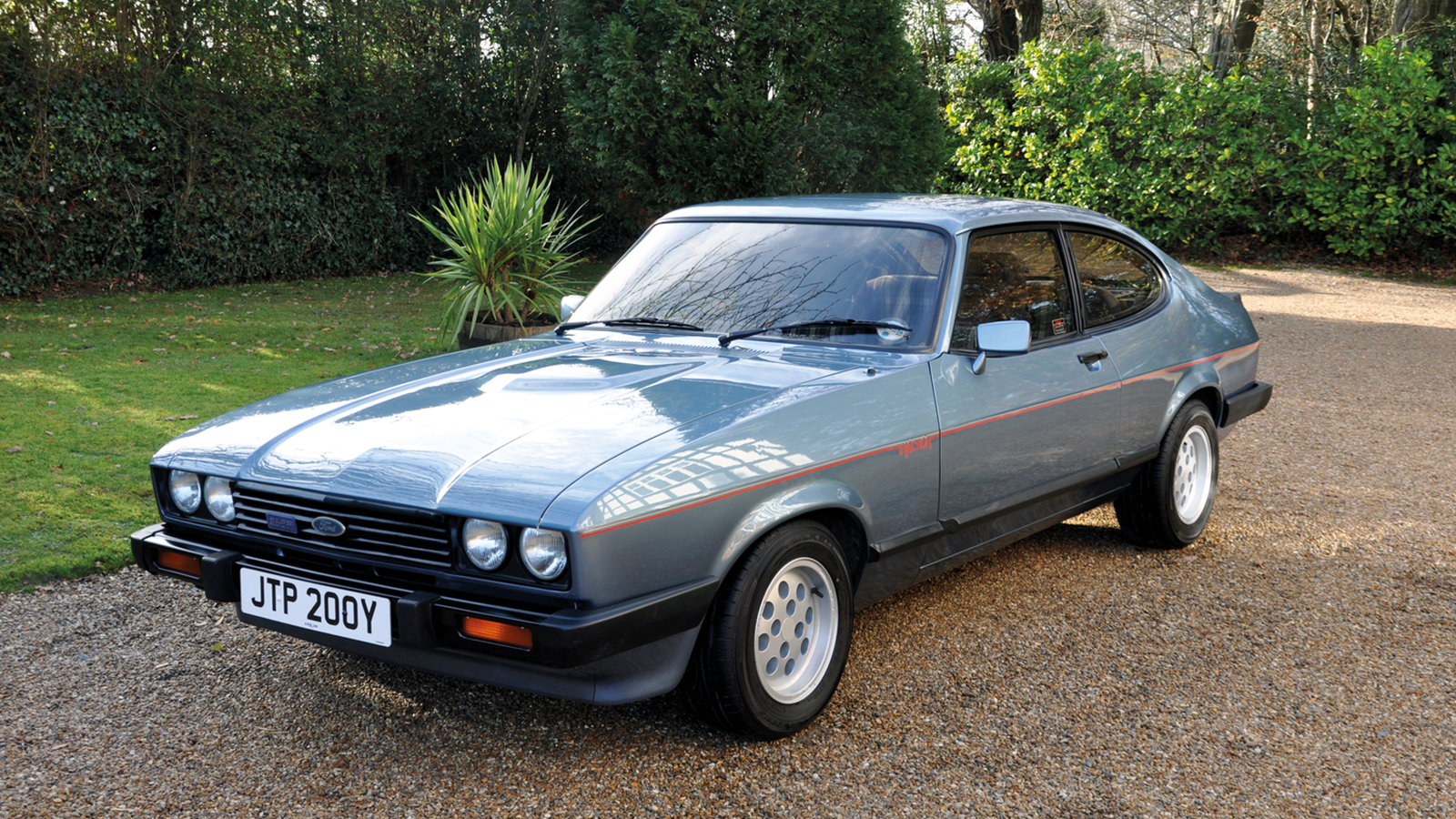 © Classic & Sports Car
© Classic & Sports Car -
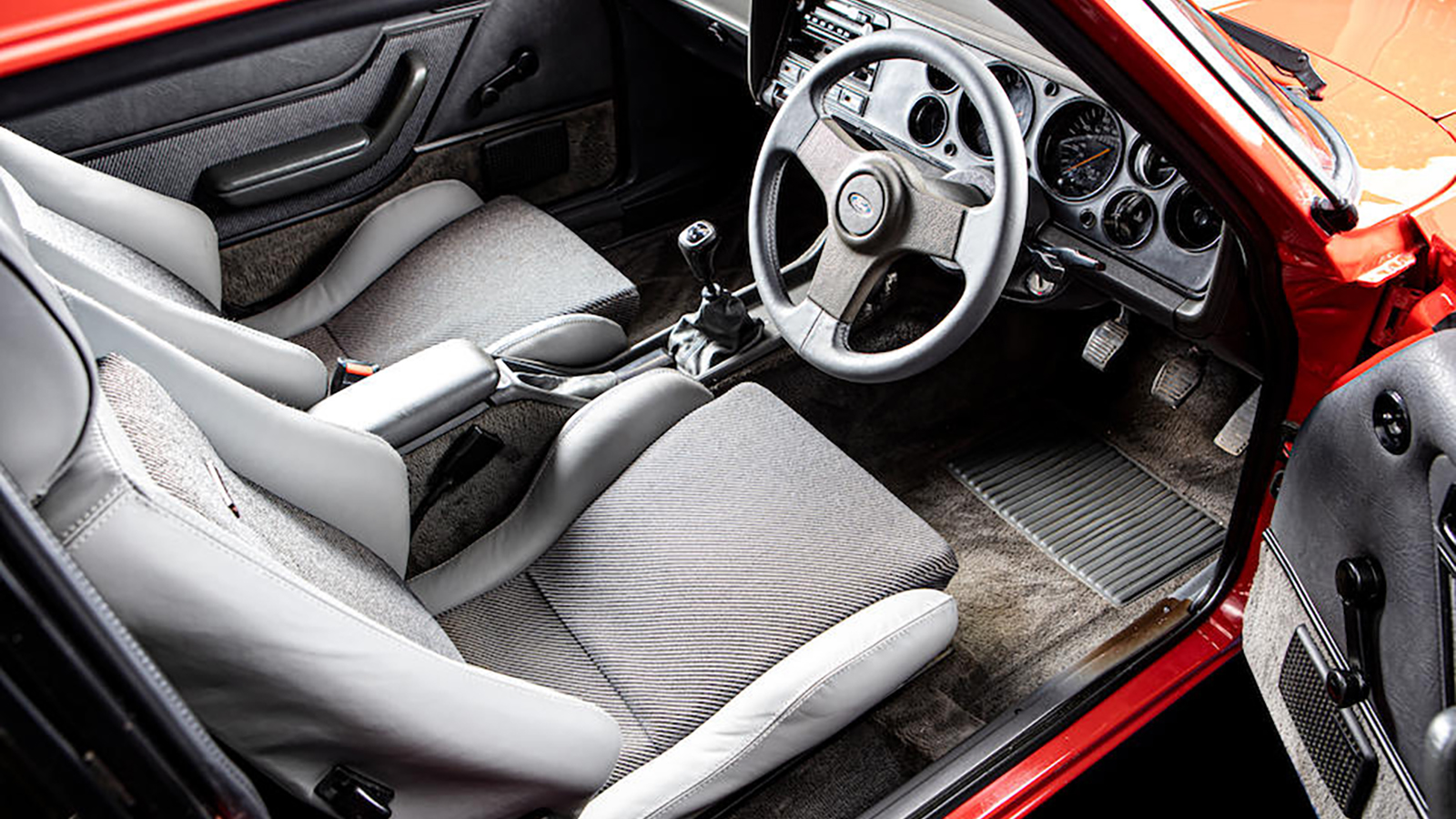 © Bonhams
© Bonhams -
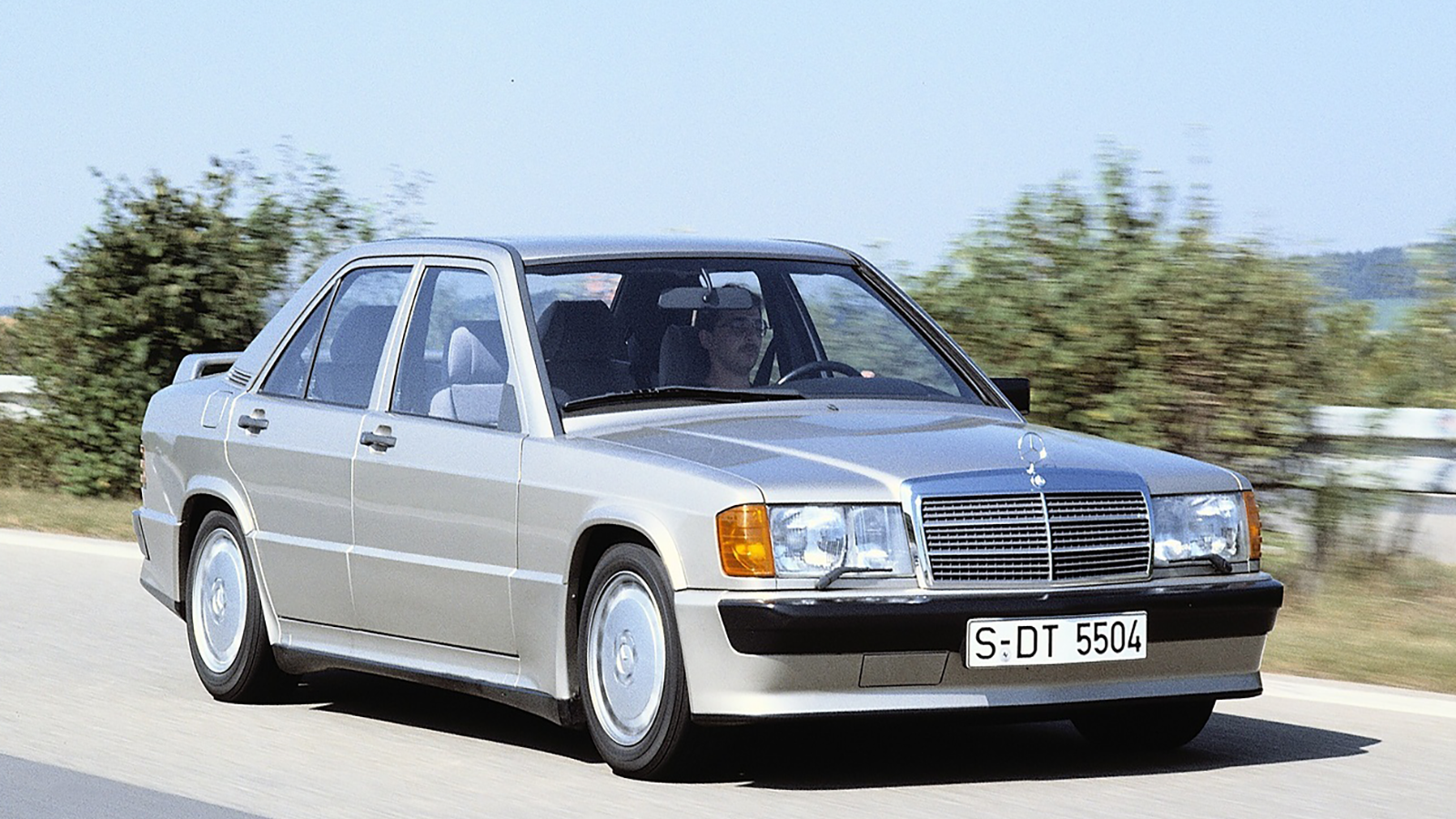 © Daimler AG
© Daimler AG -
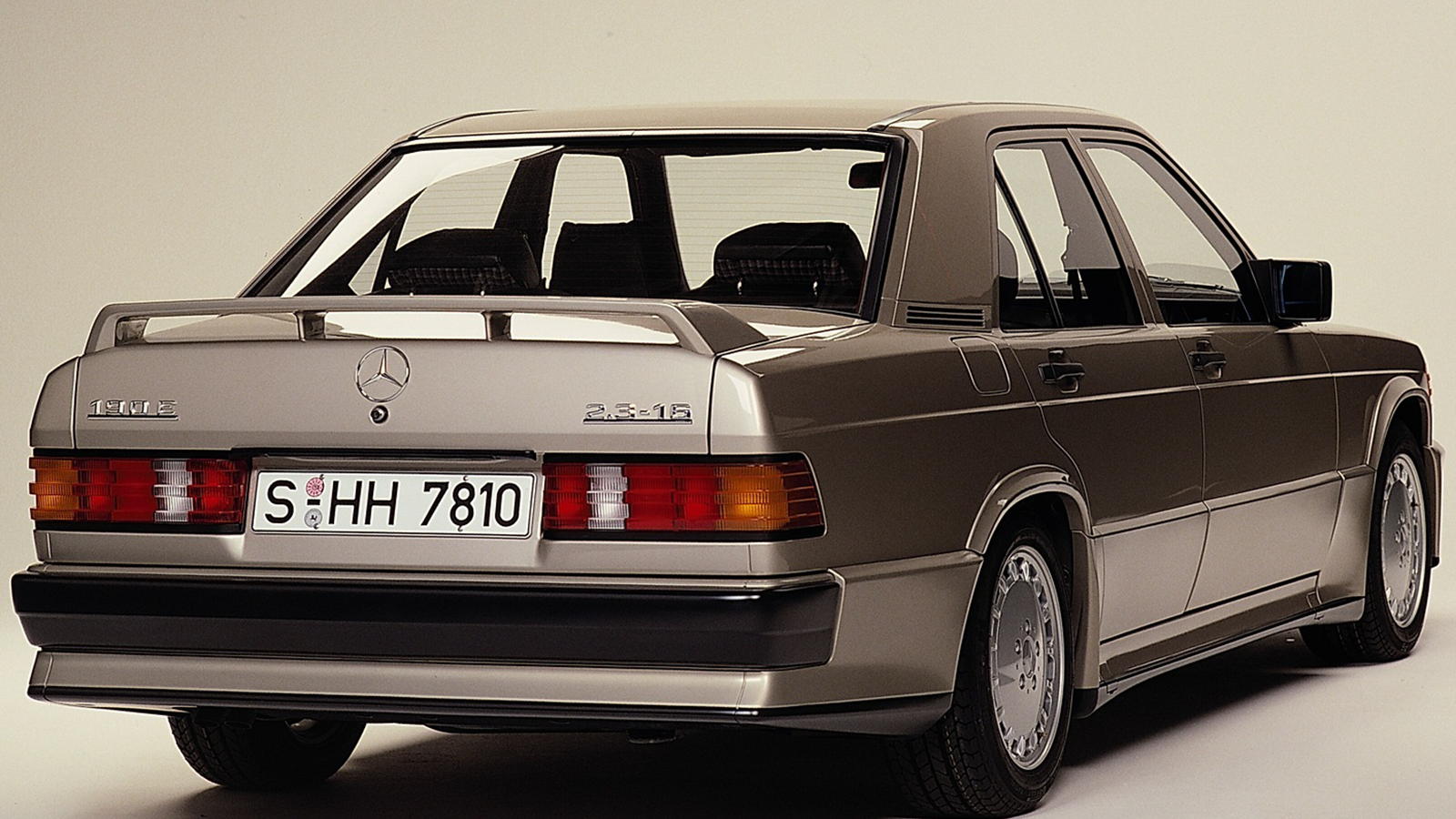 © Daimler AG
© Daimler AG -
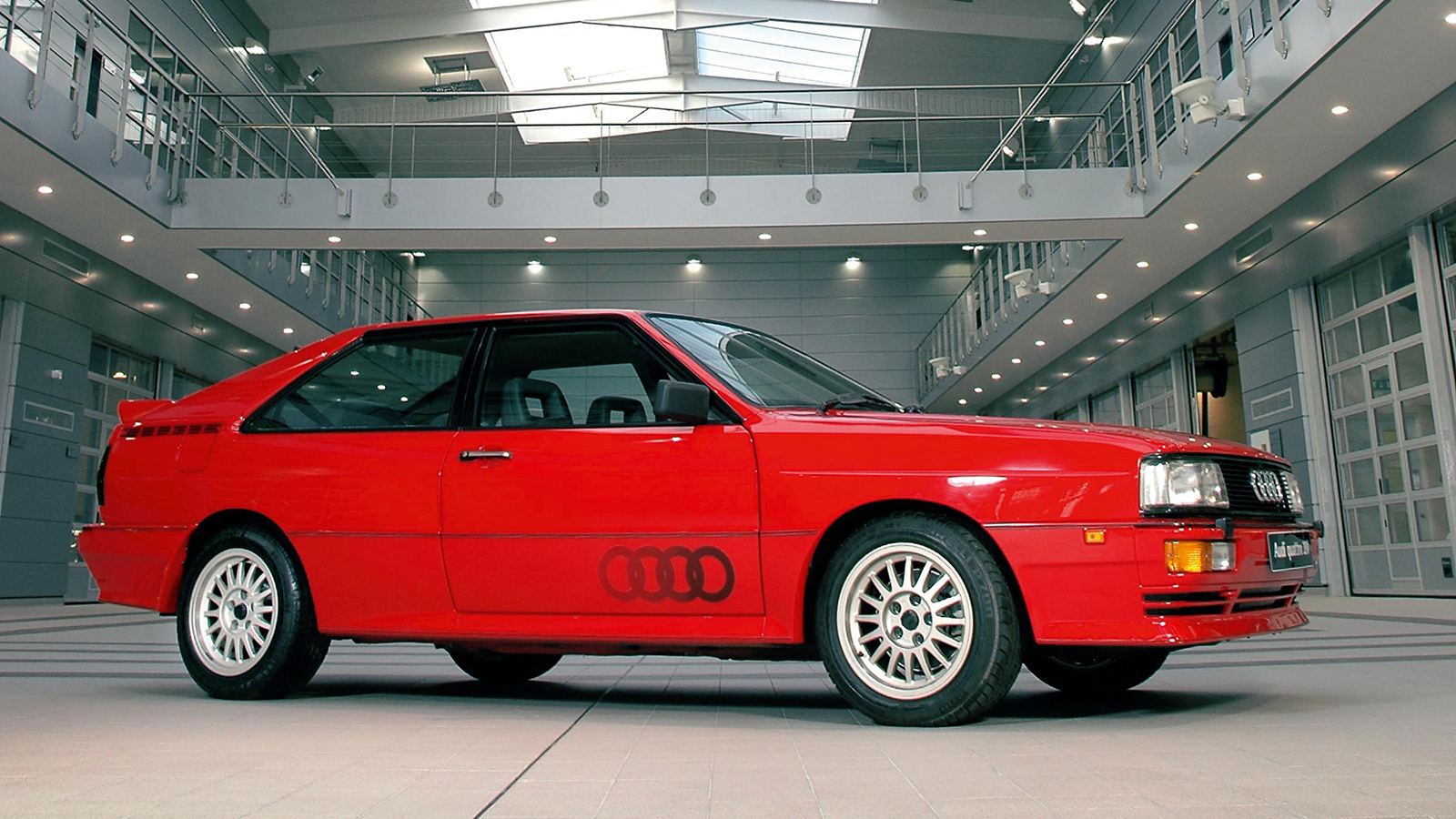 © Classic & Sports Car
© Classic & Sports Car -
 © Classic & Sports Car
© Classic & Sports Car -
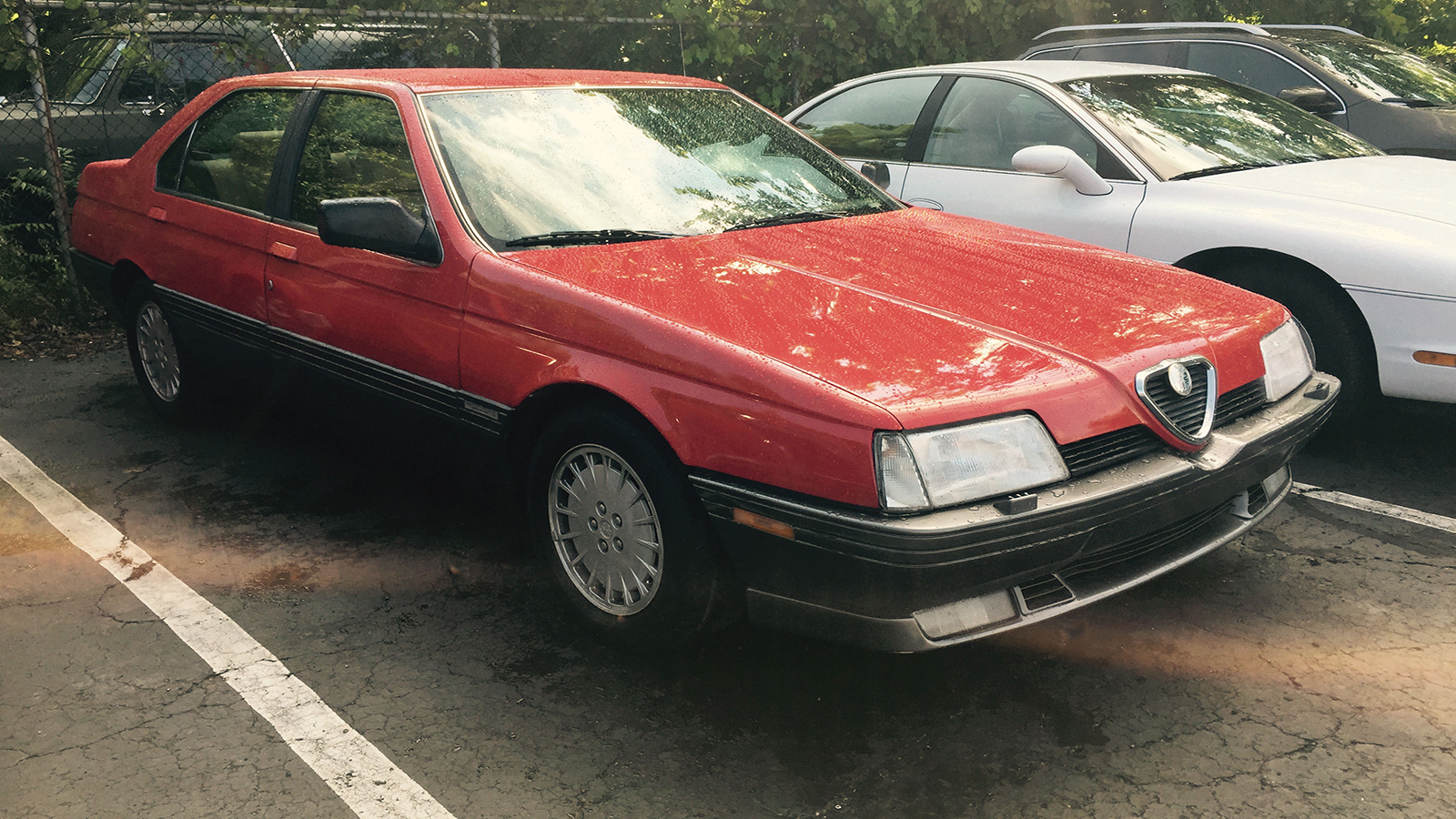 © RM Sotheby’s
© RM Sotheby’s -
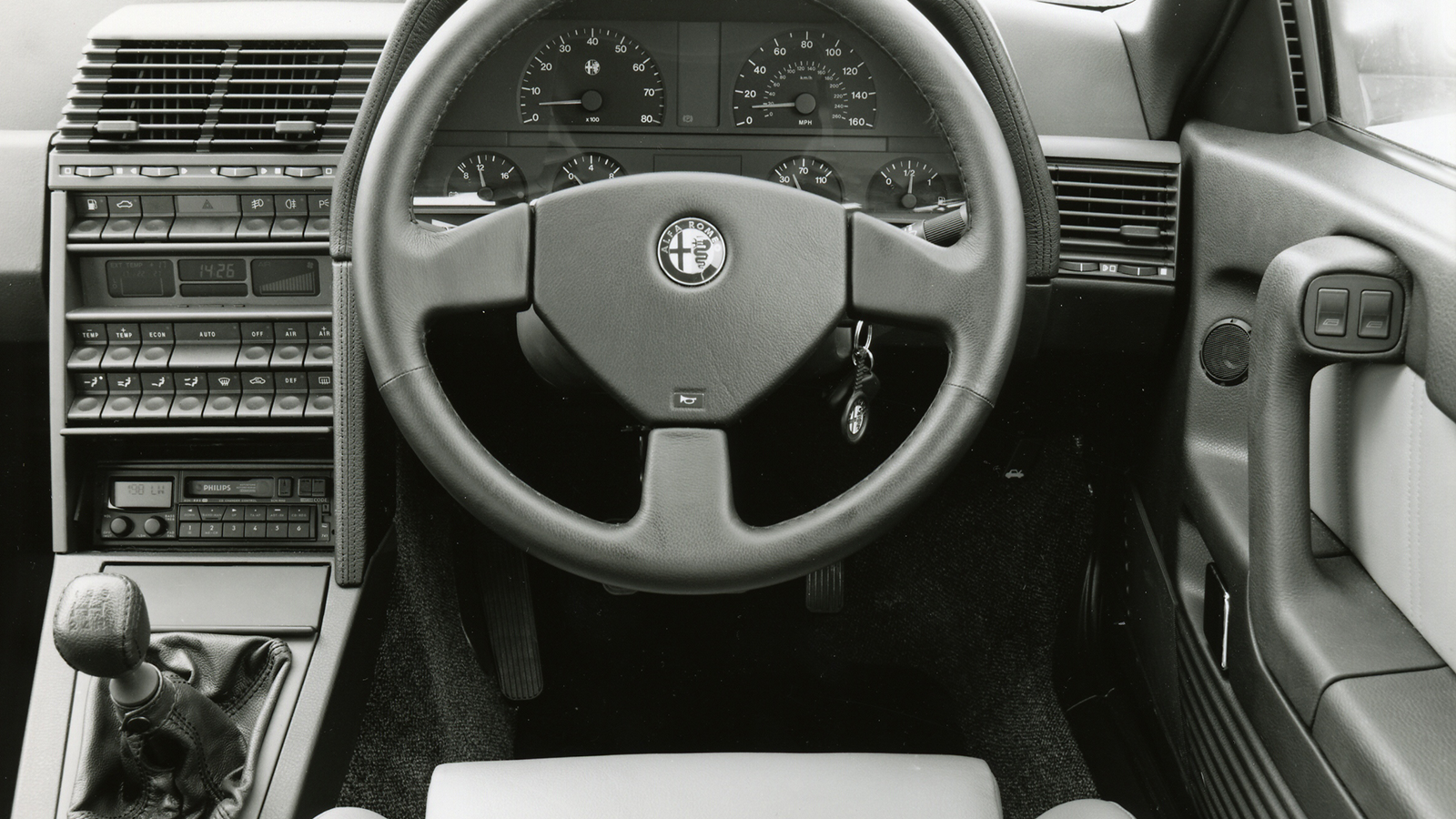 © Newspress
© Newspress -
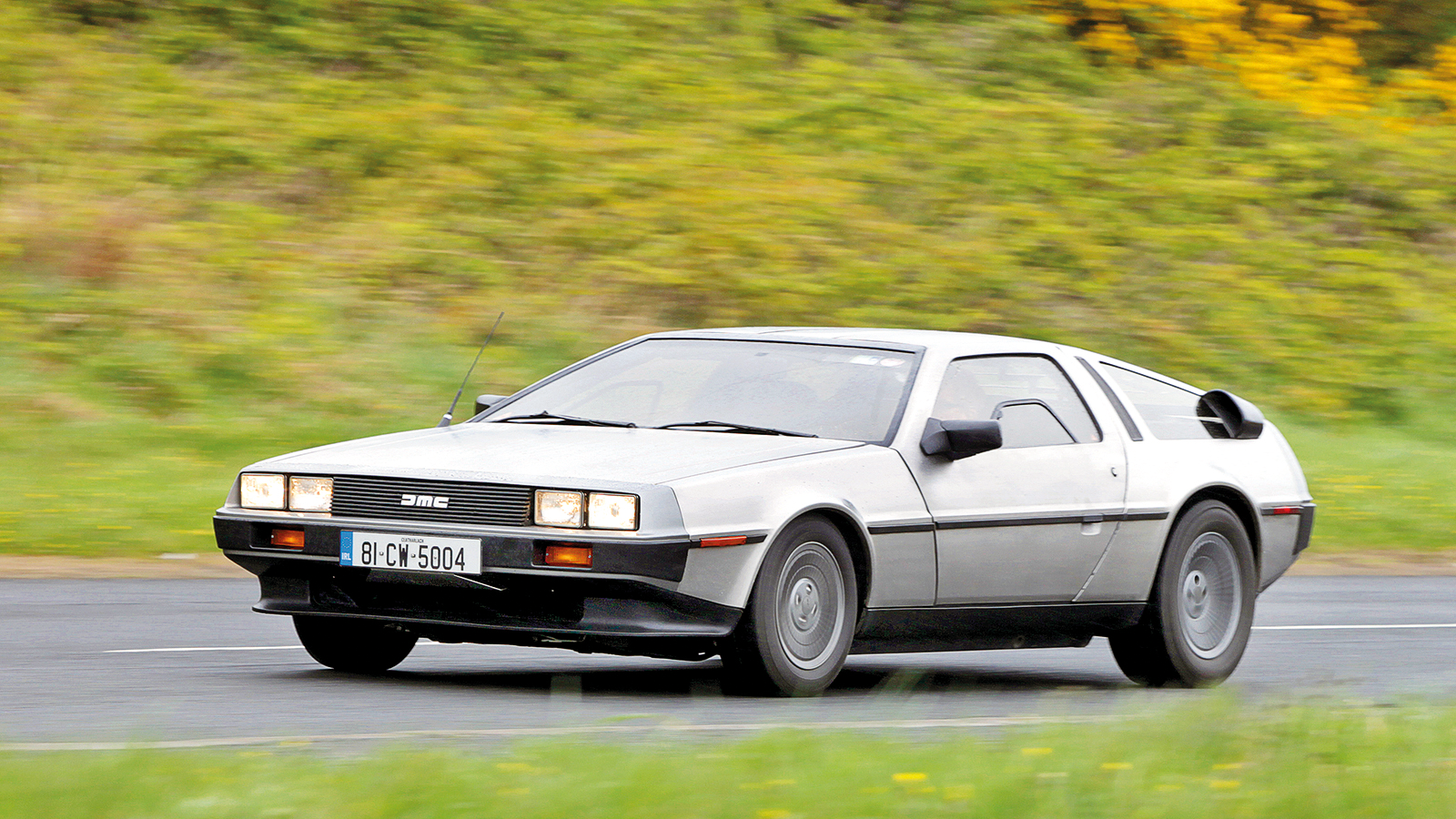 © Classic & Sports Car
© Classic & Sports Car -
 © Classic & Sports Car
© Classic & Sports Car -
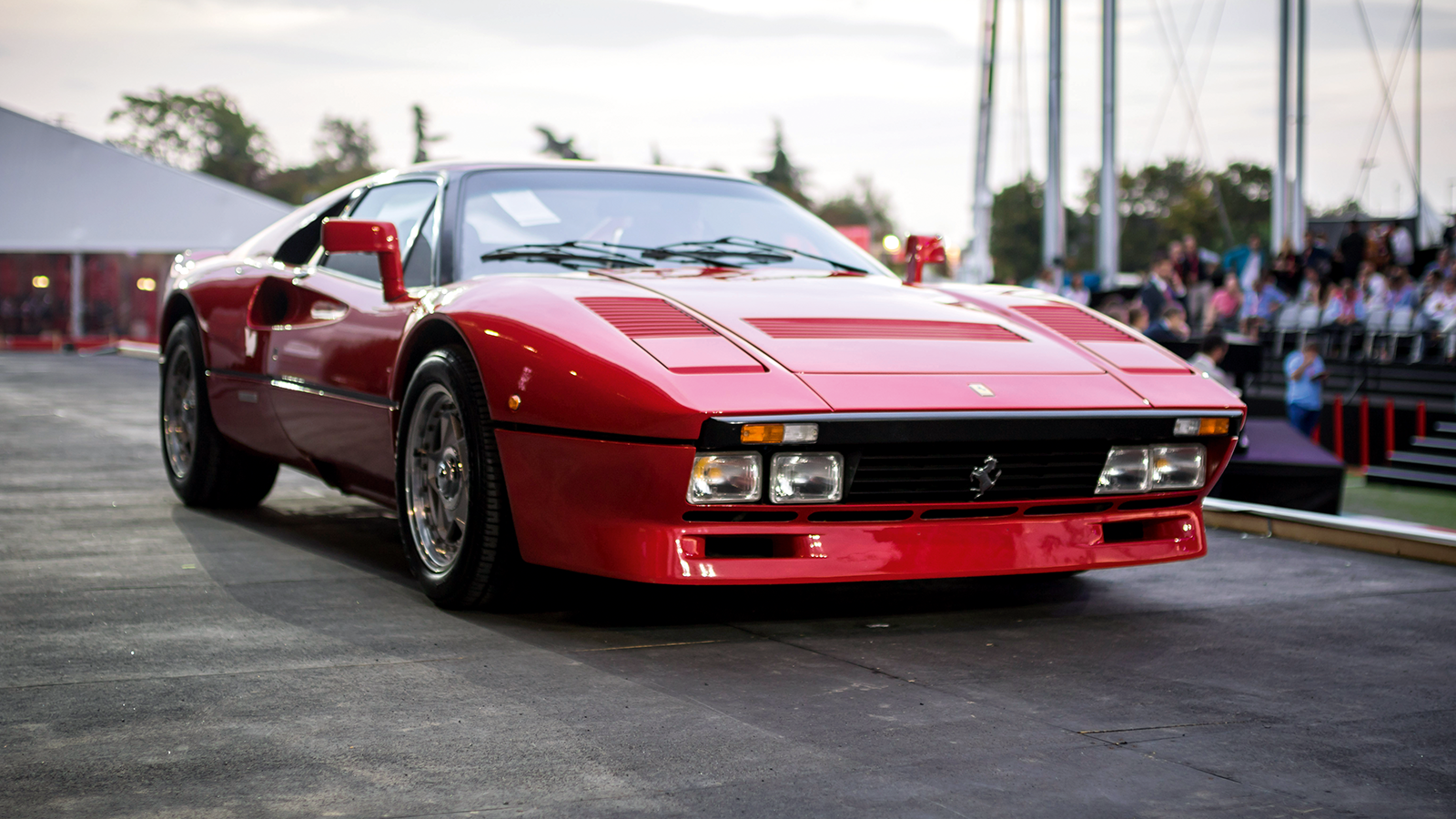 © Classic & Sports Car
© Classic & Sports Car -
 © Stephen Kim/RM Sotheby’s
© Stephen Kim/RM Sotheby’s -
 © Darin Schnabel/RM Sotheby’s
© Darin Schnabel/RM Sotheby’s -
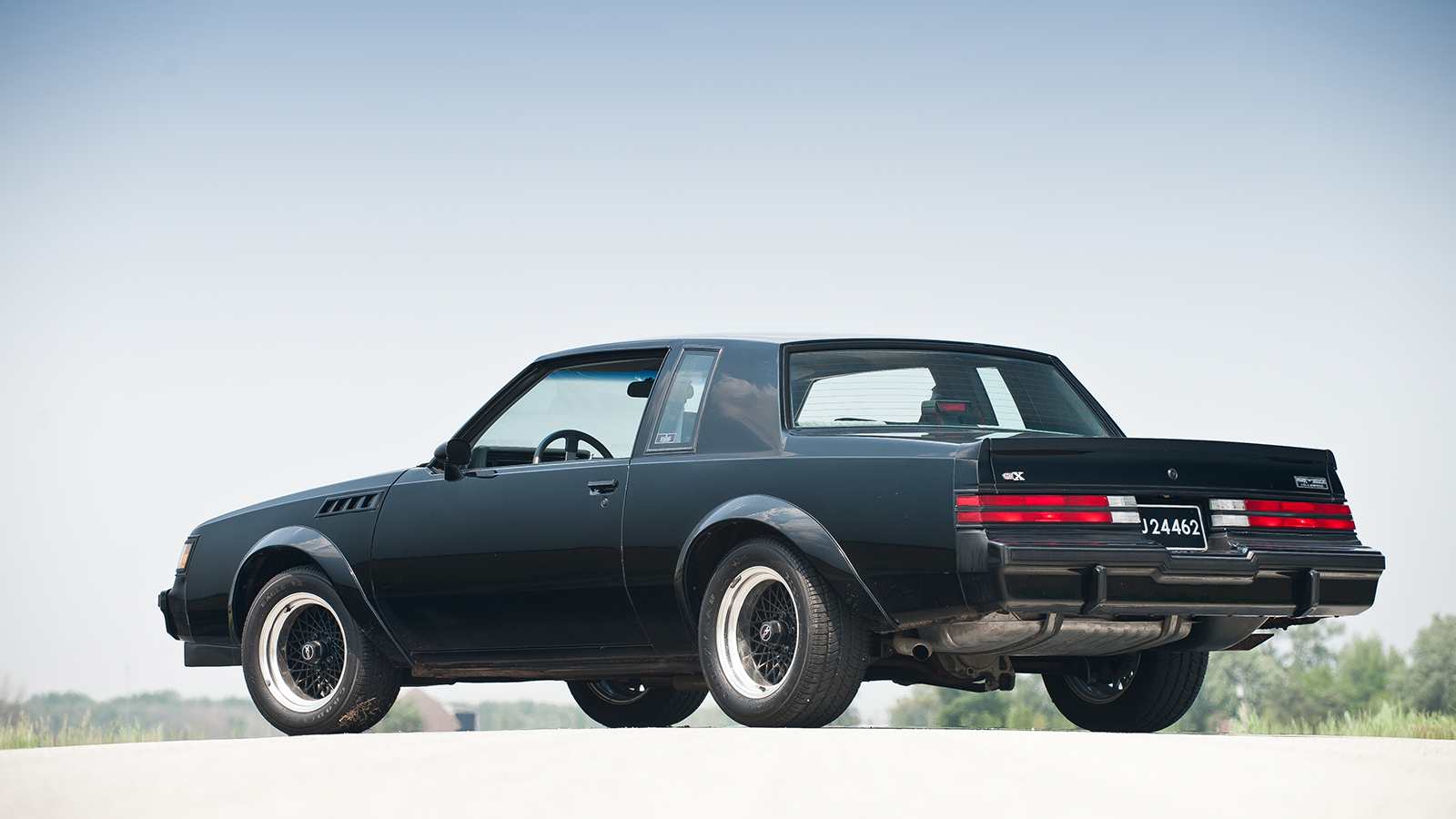 © Darin Schnabel/RM Sotheby’s
© Darin Schnabel/RM Sotheby’s -
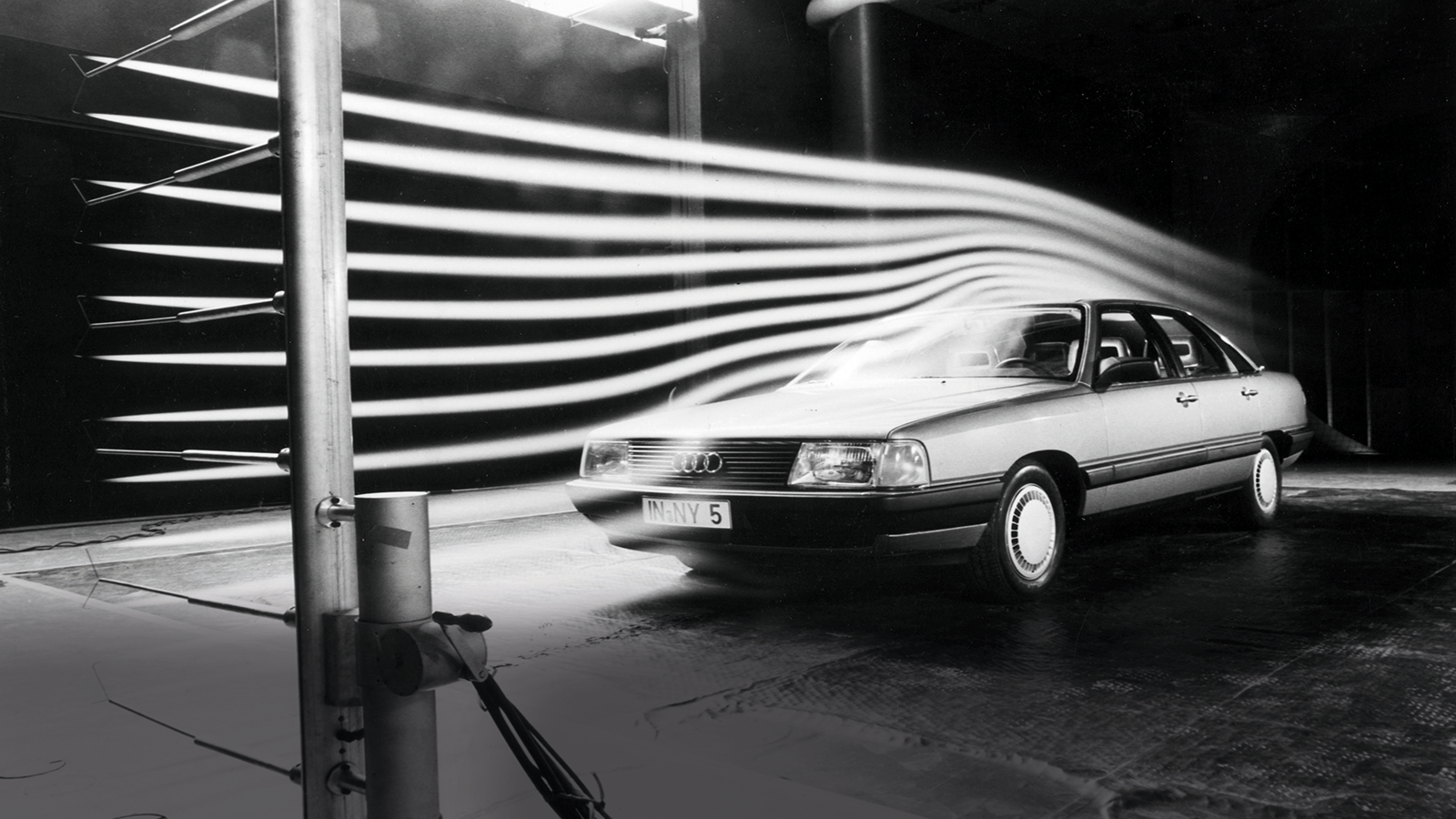 © Newspress
© Newspress -
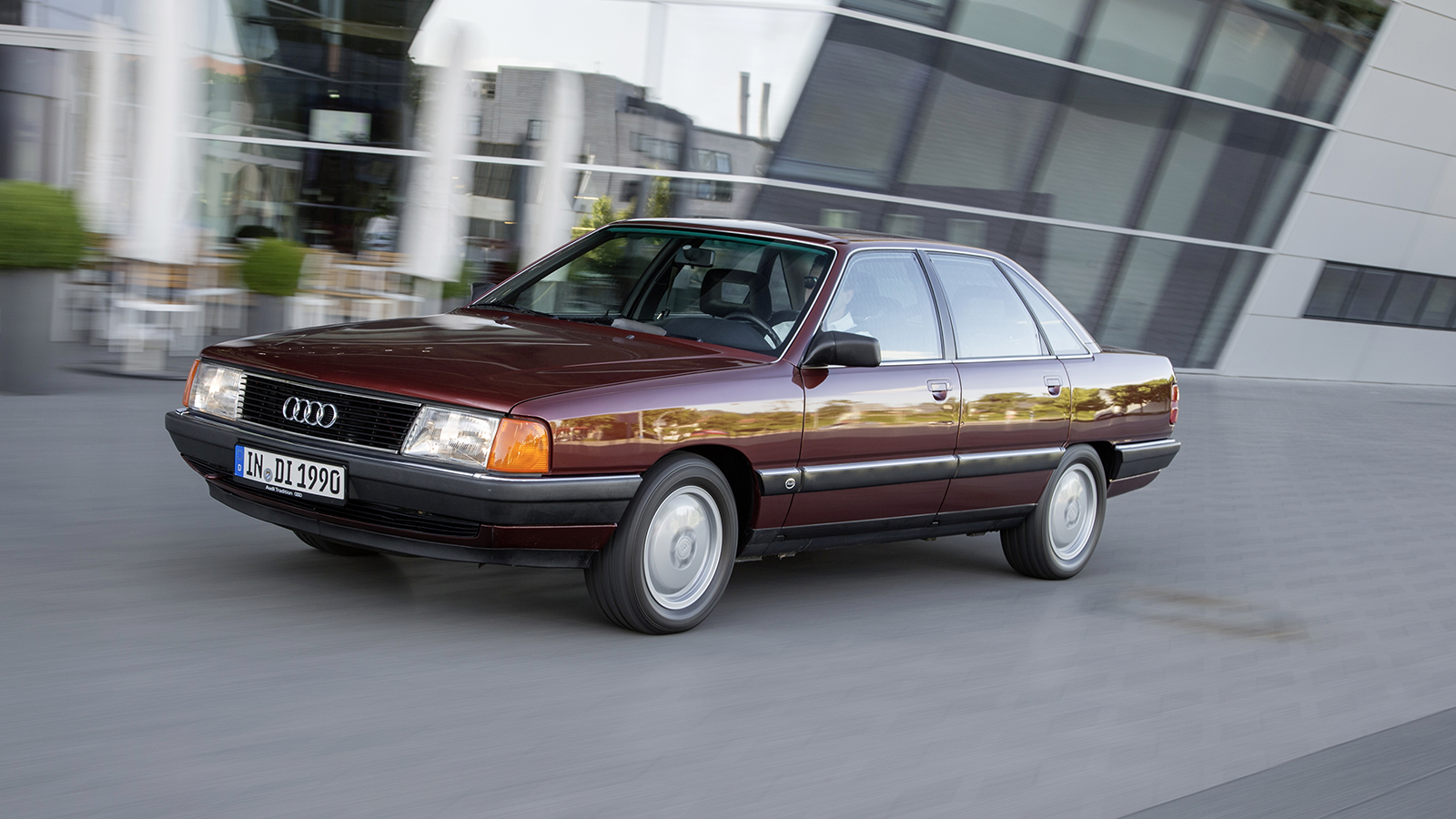 © Audi
© Audi
-
Cars that made the ’80s cool
It would be easy to look back on the 1980s and remember a decade of miners’ strikes, yuppies and the conflict in the Falklands. But it was so much more than that. Calculator digital watches, Pac-Man, the Sony Walkman and BMX bikes were not only super-cool, they were also the first sight of technology we use even today.
And so it was in the world of cars. Yes, we may look back on famous motoring badges of the 1970s with affection, but the stuff that car makers came up with in the ’80s is enduringly cool and still sought after.
That’s why we’ve put together a collection of some of the coolest automotive icons from the decade. Some are fast, some are TV stars, and some are technologically advanced, but they all helped to make the ’80s great.
-
1. Ford Escort XR3 (1980-1986)
In the face of ever-increasing competition from the Volkswagen Golf GTI, Ford got its new Escort XR3 back to front. You see, the rallying-superstar MkII Escort was rear-wheel drive, but the world was moving on and front-wheel drive was seen as the more efficient way forward.
So the XR3 was revealed along with the rest of the all-new Escort range in 1980, and featured a 1.6-litre CVH engine, a tailgate spoiler, lowered suspension and the cool ‘four ring’ alloy wheels.
-
Ford Escort XR3 (cont.)
Unfortunately, it didn’t feature either fuel injection or a five-speed gearbox, so was slightly off the pace, despite the fact it handled well.
Both of these arrived in 1982, but the XR3i continued to live in the shadow of its German nemesis.
-
2. Vauxhall Astra GTE 16v (1988-1991)
The first Vauxhall Astra GTE got off to a good start, being the UK’s first car to be colour-coded with body-coloured wheelarch extensions, spoilers and even alloy wheels, and the story continued with the teardrop-shaped second-generation model that appeared in 1984.
Early cars had the same 115bhp 1.8-litre engine that was in the Cavalier SRi of the time, but performance wasn’t great, so this was soon ditched for a 124bhp 2.0-litre unit.
-
Vauxhall Astra GTE 16v (cont.)
And it had a digital dashboard. Too cool. Much more so than the talking dash in the MG Maestro, that’s for sure.
As hot-hatch performance moved on again, the Astra GTE received a 2.0-litre 16-valve ‘Red Top’ engine that developed 156bhp. Boom. And more than 135mph. Winner-winner.
-
3. Pontiac Trans Am (1982-1992)
The second-generation Pontiac Trans Am was a poster car all over the world after Burt Reynolds had managed to outrun Sheriff Buford T Justice in a couple of Smokey and the Bandit movies.
But those days were past, and Pontiac needed to promote the sleek-looking third-generation Trans Am in 1982, at which point a Knight in shining armour appeared at just the right moment.
-
Pontiac Trans Am (cont.)
David Hasselhoff played crimefighter Michael Knight, but the real star of the show was his almost-indestructible Trans Am called K.I.T.T (Knight Industries Two Thousand), which had every technological gadget a teenage boy could find amazing, as well as the ability to do 200mph.
Oh, yes, and it talked. And it was sarcastic. What’s not to love?
-
4. Toyota Corolla GT AE86 (1983-1987)
Talk about hedging your bets. Back in the 1980s Toyota was selling the Corolla GT 16v hot hatchback, which was front-wheel drive, and the Toyota Corolla GT (AE86), which was rear-wheel drive.
It’s fair to say that the rear-drive version has had the more enduring appeal around the world.
-
Toyota Corolla GT AE86 (cont.)
For a start it had a peach of a 128bhp 1.6-litre engine up front, and handling that was sometimes described as ‘exciting’, other times ‘tricky’, but always ‘fun’.
Indeed, the Toyota AE86 was one of the cars that helped to popularise the sport of drifting during its formative years in Japan. The car is still successful in club racing around the world today.
-
5. Volkswagen Golf GTI MkII (1983-1992)
Arguably, Volkswagen invented the whole hot-hatch genre with the first-generation Golf GTI, and the Mk2 was a slick advance on its predecessor. It was perfectly suited to those who wanted the coolness of a GTI badge, with great build quality and rapid performance.
And of course, VW’s ‘if only everything in life was a reliable as a Volkswagen’ TV ads of the time were marketing genius.
-
Volkswagen Golf GTI Mk II (cont.)
However, nothing in life stands still, and by 1986 the Golf was feeling a touch outgunned in the power stakes. Hence the Golf GTI 16v, which had 135bhp and performance that felt genuinely startling when the engine was revved hard.
And if you were a family type, the same engine appeared in the Jetta GTI 16v, making it a proper sleeper.
-
6. Toyota MR2 (1984-1989)
In 1984, Eddie Murphy was being flung through windows in Beverly Hills Cop and Indiana Jones was causing mayhem in the Temple of Doom. And Toyota released the MR2, which was a mid-engined two-seater your mum and dad could possibly afford. How exotic did that seem?
Imagine being taken to school in a two-seater? Wow. You’d be captain of the sports team before the week was out, surely.
-
Toyota MR2 (cont.)
The MR2 had a wonderful 1.6-litre engine, what was reckoned to be the sweetest gearshift anywhere and handling developed by Lotus engineers. Later cars, called T-Bar, came with lift-out roof panels to enhance the open-air feel.
Given that the competition included a decidedly long-in-the-tooth Fiat X1/9, the MR2 had the motoring equivalent of an open goal, and it certainly made the most of it.
-
7. Ford Sierra Cosworth (1986-1992)
Back in the early 1980s, Ford had been reduced to being a bit-part player on the world competition stage. Worse still, the Sierra, which was supposed to be its New Big Thing, had been released to reviews that were, well, tepid.
Engine partner Cosworth had been developing an engine quite separately, but the two companies decided to stick the engine in the Sierra and go racing.
Of course, in order to qualify for many series, Ford had to build a certain number of road cars, and the legend that is the Sierra ‘Cossie’ was born.
-
Ford Sierra Cosworth (cont.)
Its 201bhp may seem trifling today, but it was a lot in 1986, and the Sierra was a featherweight when compared with today’s cars, so it was quick. Really quick. As in 149mph and 0-60mph in 6.5 secs.
Better still, the Sierra dominated seemingly wherever it was entered around the world. Ford was back at the top of the game.
-
8. BMW M5 (E28) (1984-1988)
The BMW M5 was pretty much the Big Bang where sports saloons are concerned.
BMW took a 535i saloon and upgraded the suspension, steering and brakes, as well as fitting the 282bhp 3.5-litre straight-six engine from the M1 supercar. The results were pretty spectacular, and set the tone for a range that continues to this day.
-
BMW M5 (E28) (cont.)
At its launch, it immediately went to the top of the tree as the fastest sports saloon in the world, with a top speed of 153mph and a 0-60mph time of just 6.5 secs.
However, BMW saw fit to build only 2191 examples, so this M5 is undeniably of the ‘hen’s teeth’ variety.
-
9. Porsche 959 (1986-1993)
One hundred and ninety seven miles per hour. In a road car. In 1986. The Porsche 959 was, in essence, Knight Rider made real, such was its speed.
The 959 was born out of Porsche’s desire for a 911 replacement, and was developed in the world of Group B rallying.
-
Porsche 959 (cont.)
It featured a rear-mounted 2.8-litre twin-turbocharged flat-six engine that developed 444bhp, and drove all four wheels through a six-speed manual gearbox. It even had automatic ride-height adjustment and a super-low aerodynamic drag figure.
Performance was other-worldly, with a 0-60mph time of just 3.6 secs, and that incredible top speed.
No wonder it was generally believed to be the world’s most advanced car when it was launched.
-
10. Ferrari F40 (1987-1992)
Not a bad 40th birthday present, is it? The F40 was designed and built to celebrate Ferrari’s 40 years in business, and was also the last car overseen by Enzo Ferrari before his death in 1988.
It was designed as a racing car for the road, and from start to finish the development process took a ridiculously short 13 months.
-
Ferrari F40 (cont.)
A lot of that time was spent in the wind tunnel, but the benefits were worth it, because the F40 became the first production car to break through the 200mph barrier.
The twin-turbo 2.9-litre V8 produced 478bhp, which is quite something in a car that weighs just 1100kg. Its acceleration feels like you’ve been hit from behind by something very large moving very quickly. The Starship Enterprise, for example.
-
11. Ford Capri 2.8 Injection (1982-1986)
Forget all the tired Essex-boy clichés, the Ford Capri 2.8i is cool. The long bonnet, rear-wheel-drive handling, pepper-pot alloy wheels and creamy V6 up front make it almost the perfect UK muscle car.
The Mk3 Capri went on sale in 1978, and looked great with its four headlights and little boot spoiler. Bodie and Doyle drove them, so they had to be cool.
However, for 1982, Ford had to ditch the old 3.0-litre V6 because of emissions issues, so the Capri 2.8 Injection was born.
-
Ford Capri 2.8 Injection (cont.)
Its 158bhp gave it enough zing from the lights to see off the new wave of hot hatches, and it sounded way better in the process. And, of course, it had two exhaust pipes.
People loved it, and it allowed Ford to keep the Capri production lines running for a couple of years longer than it had originally planned.
-
12. Mercedes-Benz 190E 2.3-16 (1983-1988)
Mercedes’ small saloon was definitely a capable machine, but it was also a little dull. To combat this, the manufacturer initially wanted to take the car rallying, but the advent of the four-wheel-drive Audi quattro would have meant the rear-drive 190 was outdated from the very start.
So, Mercedes engaged UK engine specialist Cosworth and entered the DTM (German touring car) series.
-
Mercedes-Benz 190E 2.3-16 (cont.)
The 183bhp 2.3-litre 16-valve engine (and the later 200bhp 2.5) were smooth, tractable units that gave the road cars decent performance (although a Sierra Cosworth could outpace them).
Mercedes-Benz also pulled a marketing masterstroke by running a Race of Champions around the then-freshly reopened Nürburgring. The event featured luminaries such as Niki Lauda, James Hunt, Keke Rosberg, Alan Jones and a little-known Brazilian called Ayrton Senna, who made a statement by winning.
-
13. Audi quattro (1981-1990)
Audi had been tinkering with the idea of using four-wheel drive in a road car for a few years, and had developed the mechanicals in an Audi 80 at the end of the 1970s.
The quattro was based on the 80 platform, but with a coupé bodyshell, and was given largely rave reviews when launched in left-hand-drive form in 1980, because it had traction like no other road car.
-
Audi quattro (cont.)
Then rallying changed its rules to allow four-wheel-drive cars, and the quattro rally car went from drawing board to stage start.
To say it changed the world of rallying is like saying Mars is a bit of a trek. It’s a huge understatement. Indeed, no two-wheel-drive car has won a world championship rally since halfway through the 1984 season – the quattro is that significant.
-
14. Alfa Romeo 164 3.0 V6 (1987-1998)
The Alfa Romeo 164 is actually one of a set of quadruplets, because it’s based on a shared platform developed by Alfa, Fiat, Lancia and Saab. But it’s safe to say that the 164 is the member of the family that got the looks.
The shape of the 164 manages to be both angular and elegant at the same time, and the interior is extremely 1980s with a huge central stack that’s covered in buttons.
-
Alfa Romeo 164 3.0 V6 (cont.)
Engines ranged from a mundane 2.5-litre diesel, through the clever 2.0-litre Twin Spark petrol, to the gorgeous-looking and sounding 3.0-litre V6.
Yes, it didn’t grip that well, and yes, the ride wasn’t great, but all you had to do was put your foot down and all was right with the world.
-
15. DMC De Lorean (1981-1982)
The DMC De Lorean was actually seen as a bit of a mixed bag after it was launched. Build quality was reported to be poor, but the ride and handling weren’t bad. And the economy was said to be good, which is a shock given that it was powered by a 2.8-litre V6.
But then along came a starring role in one of the biggest movie franchises of the decade, and the De Lorean was suddenly cool.
-
DMC De Lorean (cont.)
Although the De Lorean was generally viewed as a GT car, performance wasn’t actually that great, with 0-60mph in 8.8 secs and a top speed of 109mph.
It wouldn’t have been able to hit 88mph within the confines of a supermarket car park, that’s for sure.
-
16. Ferrari 288GTO (1984-1987)
The Group B category is famous within rallying circles because it allowed manufacturers to create ever-more outlandish and rapid cars built to get from one end of a stage to the other in as little time as possible.
However, there was also a Group B category for racing, with similarly expansive rules, and Ferrari wanted in.
-
Ferrari 288GTO (cont.)
The 288GTO was based on the 308 sports car, but with a 395bhp twin-turbocharged 2.8-litre V8 mounted longitudinally, and steroid-enhanced bodywork made largely out of glassfibre.
Ferrari had to build a minimum of 200 roadgoing cars to allow entry, and eventually ended up making 272. Then the FIA cancelled Group B…
-
17. Buick GNX (1986-1987)
Since 1982, Buick had been lapping up sales in the wake of its manufacturer successes on the NASCAR circuit in ’81 and ’82, so it launched the Grand National package, which was basically different paint and badging, plus new seats.
In 1984, the Grand National received a 3.8-litre V6 engine that produced 200bhp, so performance was sprightly, if not earth-shattering. So far, so humdrum, although it was able to outpace a Chevrolet Camaro V6 and could keep up with a Corvette.
-
Buick GNX (cont.)
Then, in 1986, the final year of production, Buick came up with the ‘Grand National to end all Grand Nationals’, which was the all-black GNX.
A bigger turbo and other mods upped power to 300bhp; the car could cover the quarter-mile sprint in 12.7 secs and it would do 0-60mph in 4.6 secs, which was quicker than many supercars of the day.
-
18. Audi 100 (1982-1991)
When it was launched in 1982, the Audi 100 looked like something from the future, with its curvy bodywork, smooth wheeltrims and the flush-fitting glass that was central to the marketing campaign.
It stood in huge contrast to the smaller Audi 80 and quattro coupé, which looked like they’d been designed with a ruler.
-
Audi 100 Mk3 (cont.)
Indeed, the car was advertised as the most aerodynamic production car in the world, with its fuel efficiency promoted as one of the main benefits of ownership.
The way it slipped through the air also gave it a higher top speed than many rival vehicles, although this would have been more of an advantage in its home country of Germany than on the M1.
